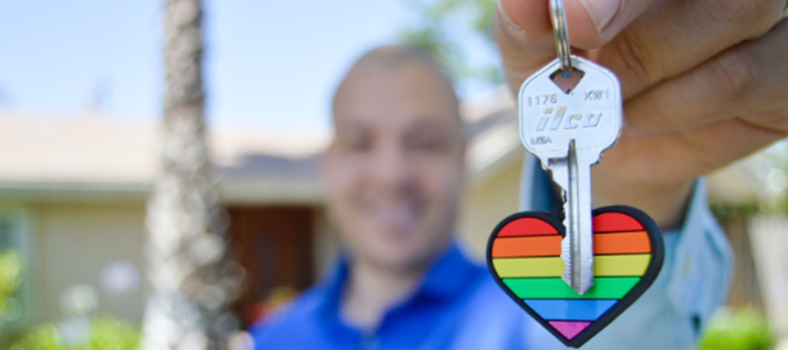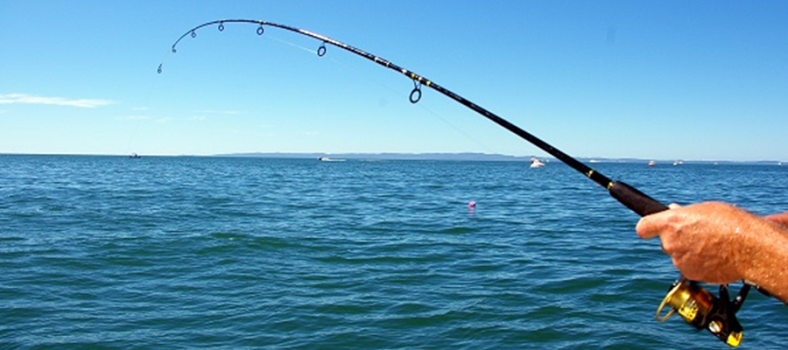The History of Australian Money
Do you know that in the early days without money, people could use rum for transactions? Find out more facts about the history of Australian money on the video infographic below:
The Name
Many names were suggested for the new currency in 1965, including:
o Digger
o The Roo
o The Kanga
o The Boomer
o The Kwid
o The Dinkum
In 1966, the Prime Minister Sir Robert Menzies chose the name “dollar” for the new currency unit.
Plastic Bank Notes
Shortly after the Australian money got its official name, counterfeits of $10 notes were detected. The solution was to use customised plastic bank notes. Australia became the first country in the world to produce plastic bank notes, with these benefits:
o Security against counterfeiting
o More durable than paper
o Recyclable
o Easier creation of imagery
The Distribution
The distribution of the Australian Dollar reaches Bangladesh, Bruney, Chile, Indonesia, Kuwait, Malaysia, Mexico, Nepal, New Zealand, Papua New Guinea, Romania, Western Samoa, Singapore, Solomon Islands, Sri Lanka, Thailand and Vietnam.
The Australian Dollar Coins
These images are featured on the Australian Dollar coins:
o Queen Elizabeth – on the back of all Australian coins
o Aboriginal Tribal Elder – 2 Dollar-coin
o 5 Jumping Kangaroos – 1 Dollar-coin
o Australian Coat of Arms – 50 cent-coin
o Swimming Platypus – 20 cent-coin
o Super Lyrebird – 10 cent-coin (also on the $100 note)
o Echidna – 5 cent-coin
Quick Facts:
o 1 cent-coins & 2 cent-coins are turned into bronze medals for the 2000 Sydney Olympics
o Over 4 billion coins produced in total
o On average, 600 million coins are produced per year
o Any intent to disfigure, deface or mutilate currency is technically punishable by law. Fines are up to $10,000 Dollars or 2 years in prison.
o Australia’s total wealth is $6.4 trillion
Video infographic by BigPond Money
Video URL: http://www.youtube.com/watch?v=ixlJdG5snxk






No Comment